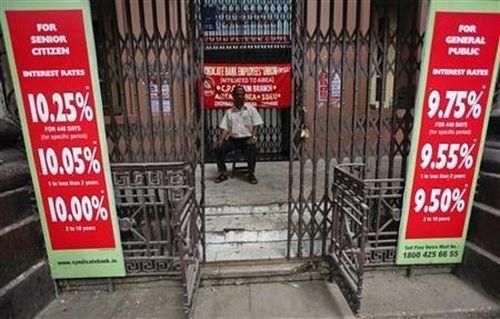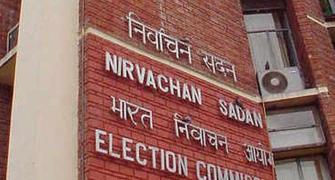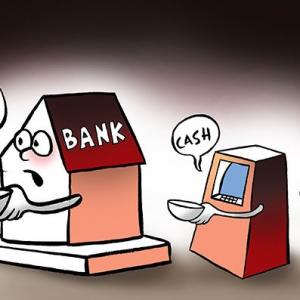 According to bond dealers, the spike in CD issuance could indicate that liquidity won’t remain as comfortable by the end of the financial year (March 31) as it now is.
According to bond dealers, the spike in CD issuance could indicate that liquidity won’t remain as comfortable by the end of the financial year (March 31) as it now is.
After a demonetisation-induced dip in issuance, banks are returning to the certificates of deposit (CD) market, even as liquidity seems more than adequate.
CDs are short-term instruments issued by banks that mature within a year. The most popular form is those doing so in three months.
In the fortnight ended January 20, banks issued Rs 8,310 crore of CDs. In the fortnight before demonetisation, banks had issued Rs 5,154 crore of CDs, as of the end of October 28, Reserve Bank (RBI) data shows.
In the midst of demonetisation, when banks were inundated with heavy deposit flow, CD issuance had dipped to multi-year lows, as banks did not need outside liquidity support.
In the fortnight ended December 23, banks issued only Rs 1,671 crore of CDs.
The rates being offered now have also inched up. CDs issued in the fortnight ended January 20 were for 6.40-6.62 per cent.
This is the latest data available but the rates on offer should have shot up after RBI’s monetary policy review this month, when it had changed the policy stance. This led to dated bond yields rising by 40 basis points. Rates in the CD market would have spiked, too.
Those immediately before demonetisation were 6.42-7.02 per cent.
According to bond dealers, the spike in CD issuance could indicate that liquidity won’t remain as comfortable by the end of the financial year (March 31) as it now is.
As of last Friday, the net liquidity surplus of the system was about Rs 3.5 lakh crore for banks. Come March, this could dry up.
“Most of the CD issuances are happening at the three-month maturity. This could be because some banks are keeping their liquidity situation comfortable before the financial year ends, when system liquidity generally becomes tight,” said Joydeep Sen, managing partner at Sen & Apte Consulting Services, a risk management entity.
Bankers largely concur with the assessment.
“Some of the issuances are for rollover purposes. A portion of it is to keep liquidity comfortable before the year-end. Even as the liquidity situation is good, tax outflows and spurt in year-end lending might lead to tight liquidity,” said an executive director of a public sector bank.
Besides, the banker said, not all banks benefited from demonetisation. Most foreign banks and some small private ones have seen much less mobilisation of savings account deposits.
In the absence of adequate bond holding, these banks are always dependent on the markets for liquidity.
Traditionally, by the financial year-end, banks do issue a huge amount of CDs. They had raised as much as Rs 67,860 crore through CDs in the fortnight ended March 18, 2016.
The recent rise in the coupon of these CDs, even before the RBI policy review, could be explained by the introduction of cash management bills (CMBs), intended to suck out excess liquidity.
As these were introduced, treasury rates inched up. All money market instruments followed.
“Before the CMBs were introduced, rates were at the reverse repo range (5.75 per cent). After these were introduced, rates crossed the repo rate (6.25 per cent) and all the money market instruments rose in tandem,” said Debashish Mitra, senior bond trader at SBI DFHI, a primary dealer.
Image used for representational purpose only.









